Blackmagic Design announced the Blackmagic Micro Cinema Camera, a compact Ultra HD and HD camera, at NAB 2015. At the unveiling, many became quite excited that Blackmagic had summoned their unique alchemy skills to deliver a true competitor for the GoPro Hero4 Black. It’s no secret that we feel the “action cam” market is ripe for disruption. GoPro has been perched at the top of the food chain for quite some time, despite some serious deficits in the design and functionality of their products. Other contenders, such as Sony, have trotted out several competitive products, but they’ve all fallen short of the GoPro’s “high” water mark. While it looks like Blackmagic’s Micro can be utilized for some action cam applications, the camera’s real focus is drone use.
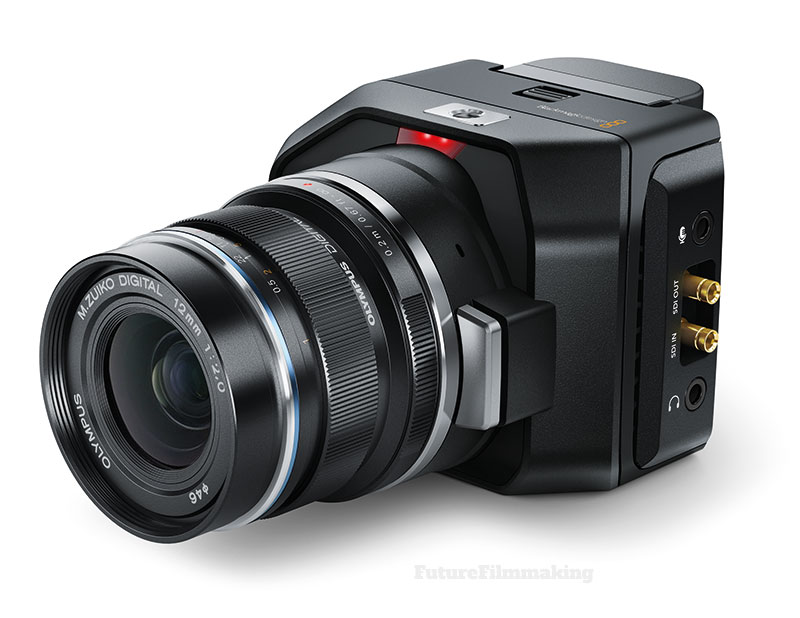
At $1,295, the Blackmagic Micro Cinema Camera’s price point certainly positions itself for serious consideration for compact camera applications. The Micro Cinema Camera can be used for both HD and Ultra HD production and features a built in color corrector, talkback, tally indicator, PTZ control output, B4 lens control output, and a flexible MFT lens mount that is easily converted to other lens mounts via third party adapters. When used for regular HD, the extra sensor resolution eliminates any color loss from the sensor’s bayer pattern so customers get full bandwidth RGB HD color and sub pixel anti-aliasing for quality HD images. We asked Dan May, President of Blackmagic Design, about action cam applications and how the Micro Cinema Camera stacks up to GoPro’s current technology:
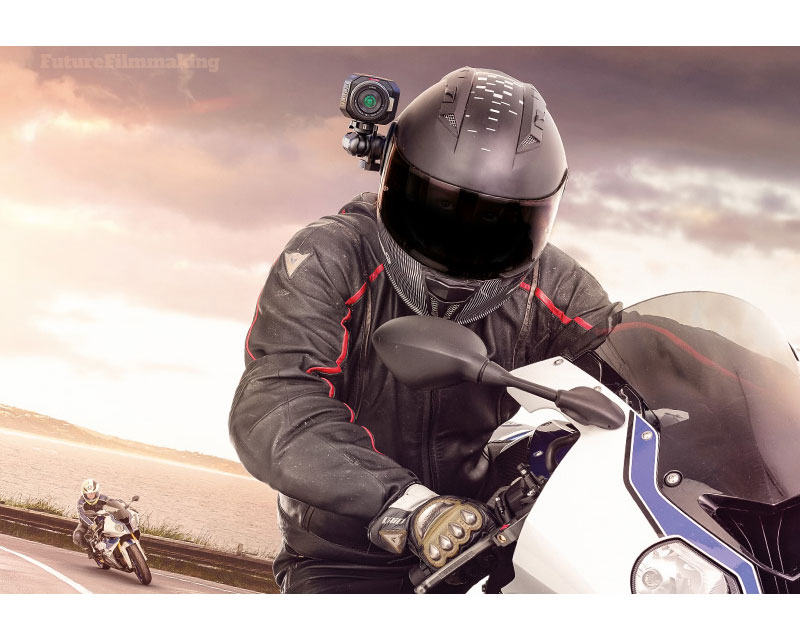
“In developing the Blackmagic Micro Cinema Camera, we realized that many people were taking the Pocket Cinema Camera, which is meant to be more of handheld camera, and using it for things like drones or mounting it inside cars or on walls,” Dan May reveals. “So the thought there was to create a camera designed to fit these types of workflows better, while still providing cinema quality footage. So you still have the 13 stops of dynamic range, Super 16 sensor, RAW and ProRes recording options, interchangeable lens options with an MFT mount, but you also have no screen on the back of the camera, a record button on the front so users don’t have to reach around to the back of the camera, which can be cumbersome if it’s mounted somewhere, and an expansion port for remote control. It’s also a very customizable camera so users can create personalized rigs for remote operation and monitoring.”
Features:
» Operates up to 2160p30 when operated in Ultra HD or up to 1080p60 when operated in HD.
» Supports SDI camera control protocol allowing full remote control vis single SDI connection.
» Compatible with high quality Micro Four Thirds lenses. Compatible with other mounts via common third party adapters such as B4 broadcast lens mount.
» Includes built in buttons along the front for quick access to menu navigation and settings.
» Includes a 12V power input or users can add an LP-E6 compatible battery for backup power.
» Includes an expansion port with a DB-HD15 connector for power, reference, PTZ and B4 connections.
» Expansion port supports multiple control connections such as PTZ serial output, B4 lens data link output and S.Bus input allowing customers to build customized camera control solutions.
» Built in, two way digital quality talkback connector using iPhone compatible headsets.
» Compatible with ATEM range of live production switchers for full SDI control of cameras.
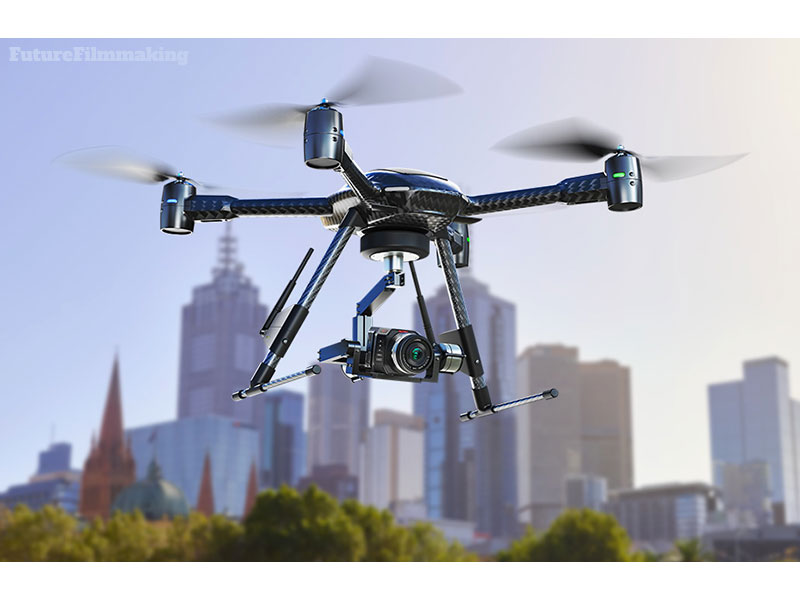
The small size and open design of the Blackmagic Micro Cinema Camera positions itself as a contender for live multi camera production of reality TV shows, news magazines, sporting events, concerts and more. It’s compact size allows it to be hidden just about anywhere on set, giving directors the ability to have more camera angles than ever before. It is engineered with a tough magnesium alloy core in a body that’s not much larger than the lens mount itself. It’s compatible with affordable, high performance MFT lenses, or customers can add a B4 adapter to work with traditional broadcast lenses. The camera also features 6G-SDI output and a program return input that allows it to be controlled remotely from a switcher using Blackmagic’s SDI control protocol. This lets customers change camera settings, color balance, black levels, gamma, lens focus, iris, zoom and much more from any ATEM switcher.
With the debut of the Blackmagic Design Micro Cinema Camera, it appears that there is a product trend in developing more compact, user-friendly, dare we say, prosumer, gear. “We’ve created a variety of cameras in all shapes and sizes depending on user need and feedback,” Dan May responds. “We started with the Blackmagic Cinema Camera, which was a great DSLR alternative that was affordable but still provided cinema quality images. Then we came out with the Blackmagic Production Camera 4K, as people were looking for that Ultra HD capture capability, along with the Pocket Cinema Camera for more discreet shooting. We then found that customers were taking the Blackmagic Cinema Camera and Production Camera 4K, which were meant to be more of a handheld form factor, and using them as building blocks to create a really full rig. It’s that thought that brought about the Blackmagic URSA because you have all those accessories built right into the camera with the 10′ fold out on set monitor, two five inch monitors with built in scopes for exposure, focus and audio levels, and internal recorder.
We also came out with the Blackmagic Studio Camera, as we found people were using cameras designed for general video production for live work, so that camera was geared towards the demands of live production with a 10′ monitor, four hour battery, talkback, tally indicators, phantom powered microphone connections and built in optical fiber and SDI connections for connecting to our ATEM switcher, for example. This year, we announced the Blackmagic URSA Mini, as people were asking for URSA in a more run and gun form factor. So you can see, for us, it’s more about figuring out customer need and delivering affordable and professional cameras.”
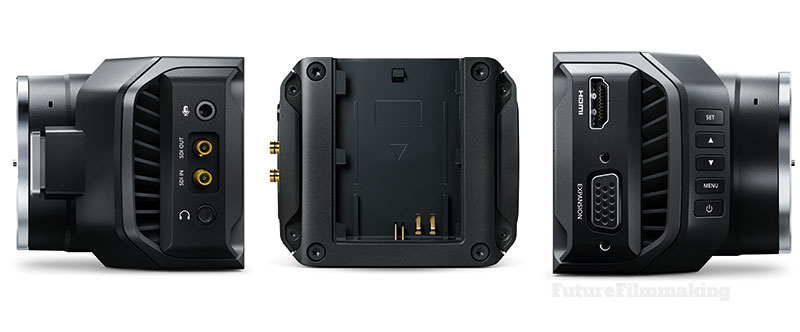
There’s also a new expansion port that opens the Blackmagic Micro Cinema Camera up for remote use and other future applications. The expansion port features multiple control connections such as a PTZ serial output connection that can be used with motorized heads and a B4 data link output for controlling broadcast lenses. Customers can even build their own camera control solutions using the S.Bus input. The expansion port uses a common DB-HD15 connector so customers can easily make their own cables or use the breakout cable that’s included. The expansion port also includes DC camera power in, LANC and reference input.
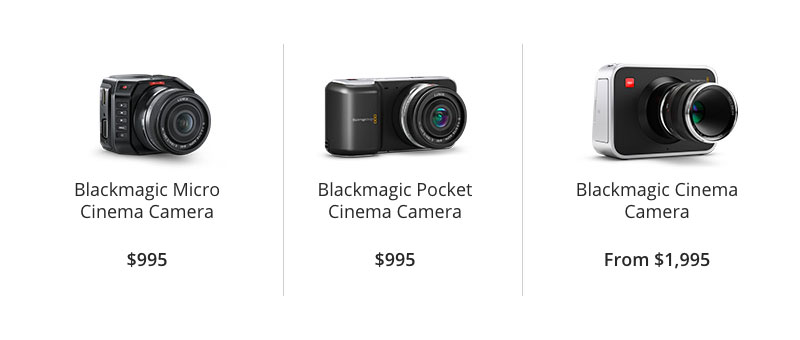
Although the price point of Blackmagic’s Micro Cinema Camera, Cinema and Pocket Cinema cameras are quite accessible, the advanced workflow can be quite daunting for new users. is this something that Blackmagic intends to address in the future? “I think something important to point out is that our cameras are professional digital film cameras or live production cameras,” May contends, “so while a consumer, prosumer or camera enthusiast might become interested because of the price point, they have to keep in mind that the cameras are going to have those professional features and workflows that filmmakers are used to. That being said, there is a multitude of tools available for those looking to learn more about filmmaking. From a professional filmmaking standpoint, a great thing about the cameras’ workflows is that they are so open and flexible, and users aren’t forced into a certain way of doing things they can choose different codecs, resolutions and even what professional software they want to use. The options and tools are all there to support the customers’ desired workflows, so they aren’t inhibited creatively.”
With the Micro Cinema Camera, Blackmagic looks to stay ahead of the curve in terms of delivering exceptional image quality within a versatile and flexible architecture that can be easily justified by advanced users and professionals alike. Time will tell how pros will ultimately implement the new camera into their productions, but we’re very excited to see Blackmagic move in this direction.
Blackmagic’s Micro Cinema Camera will be available July for $995.
Blackmagic Design


Trackbacks/Pingbacks